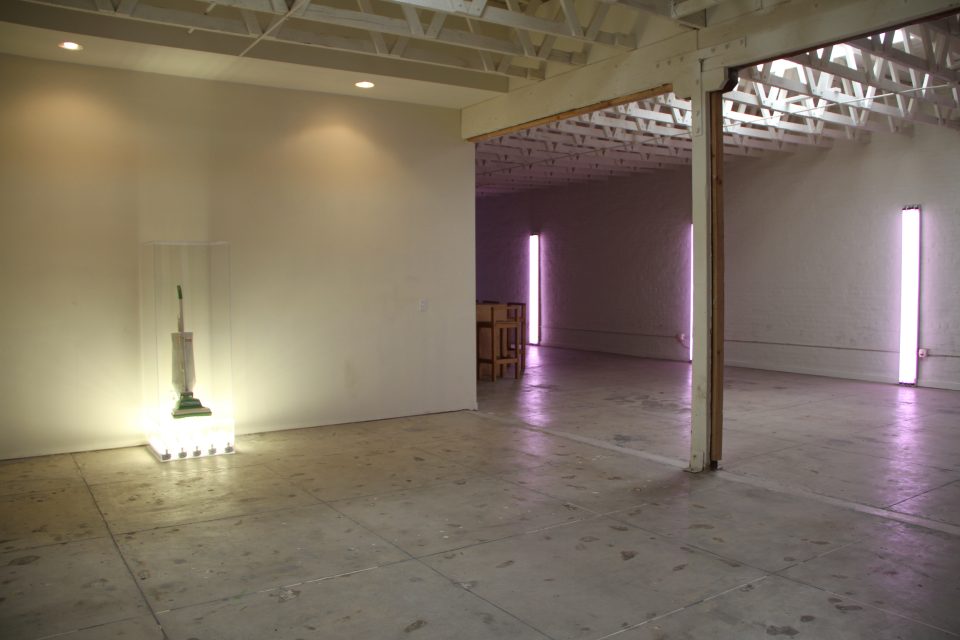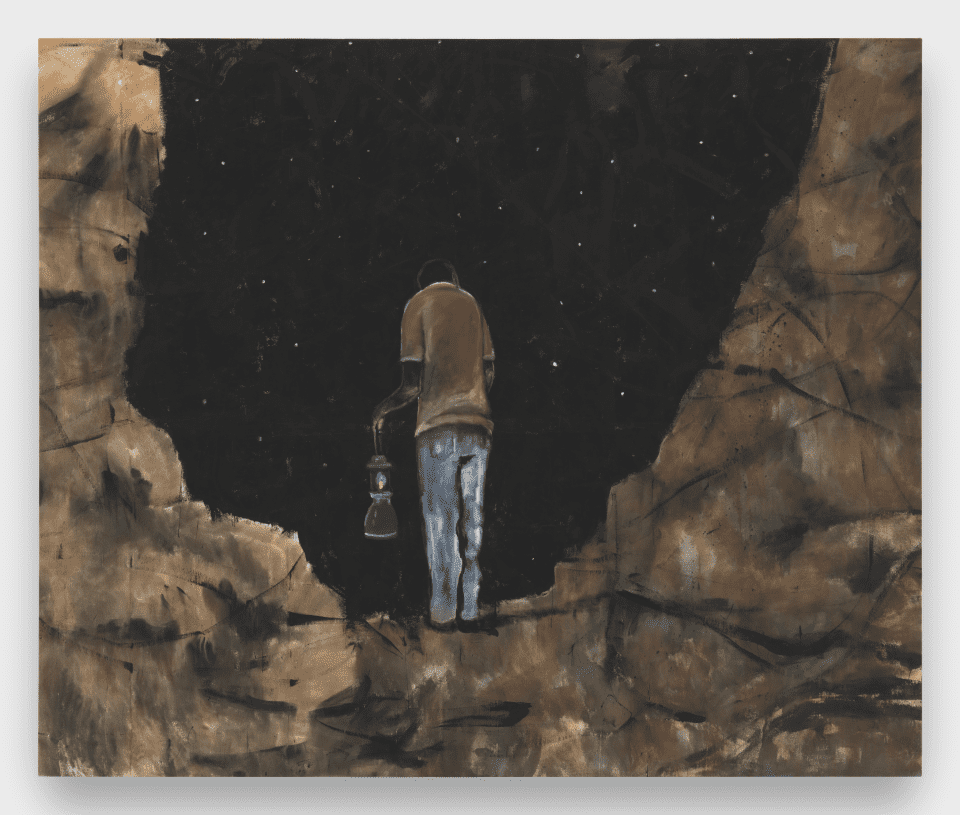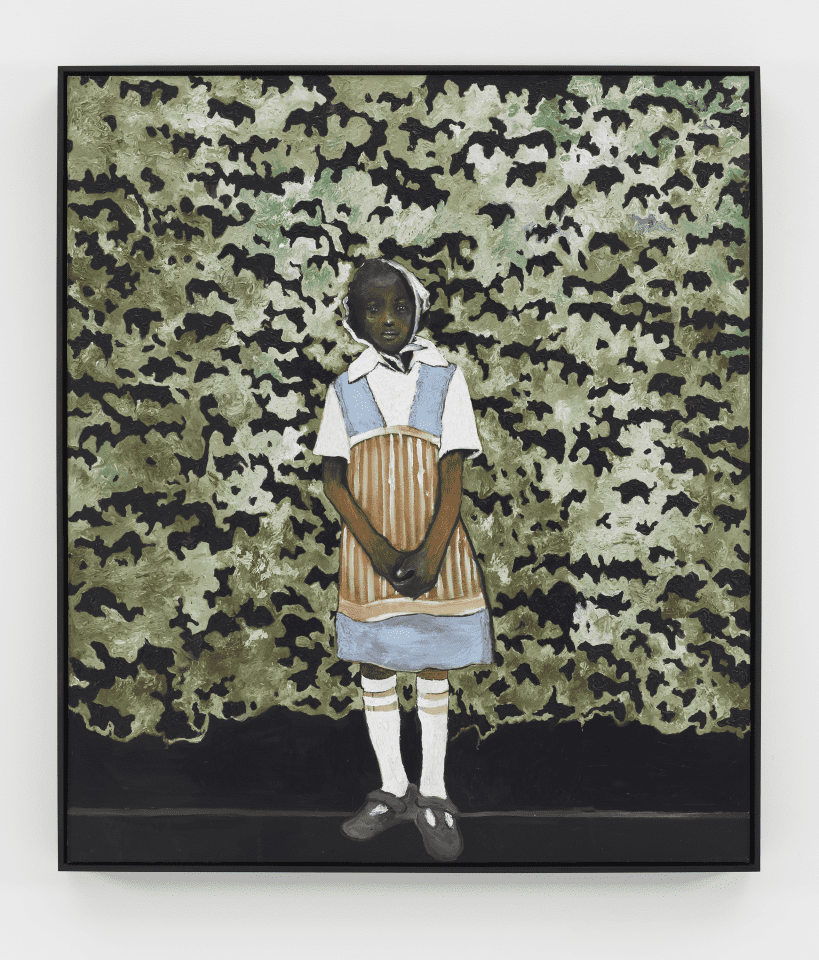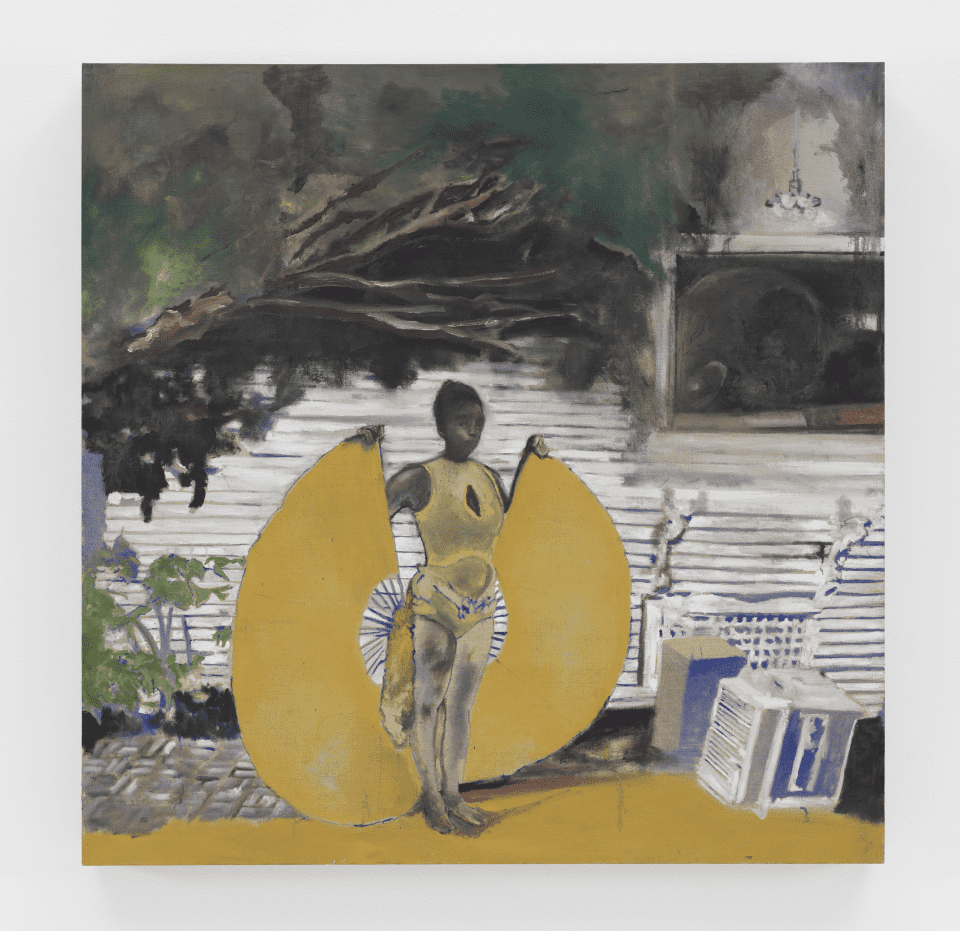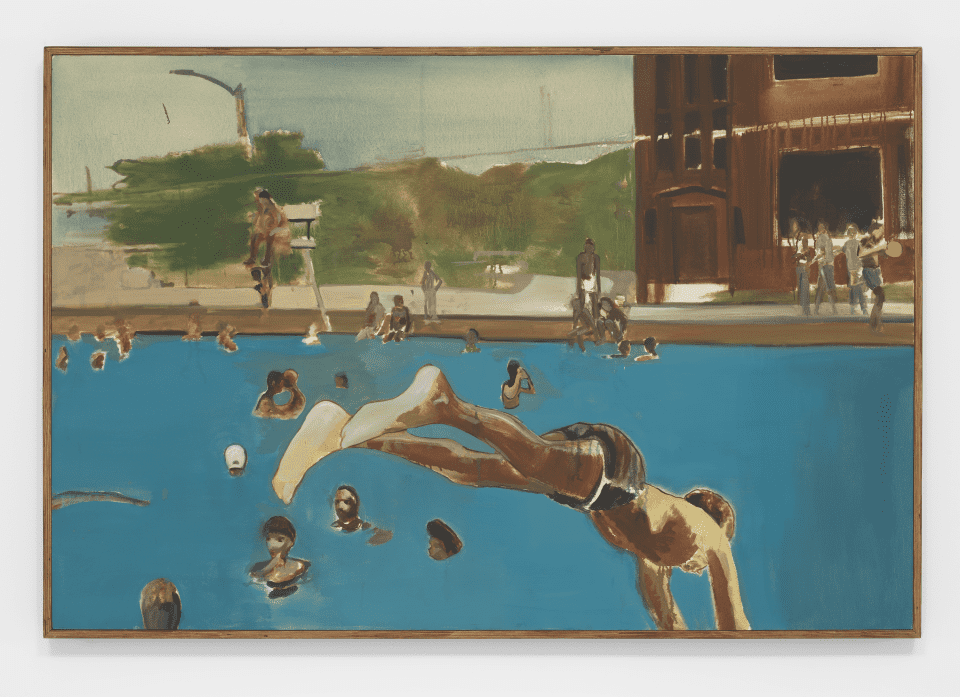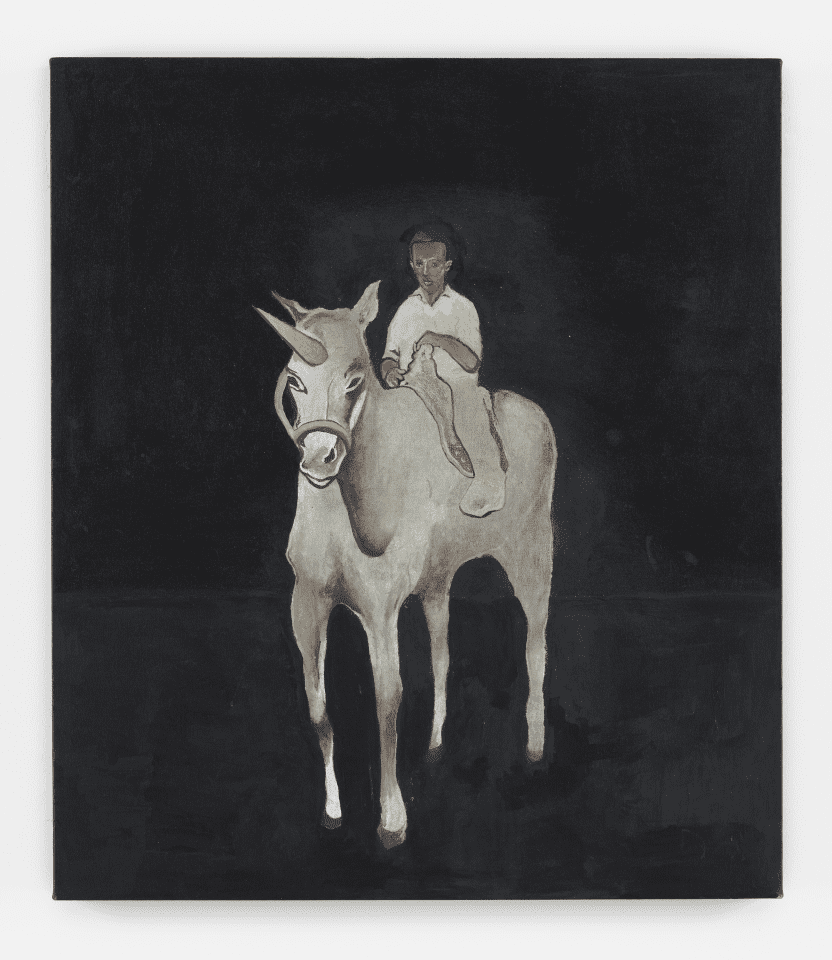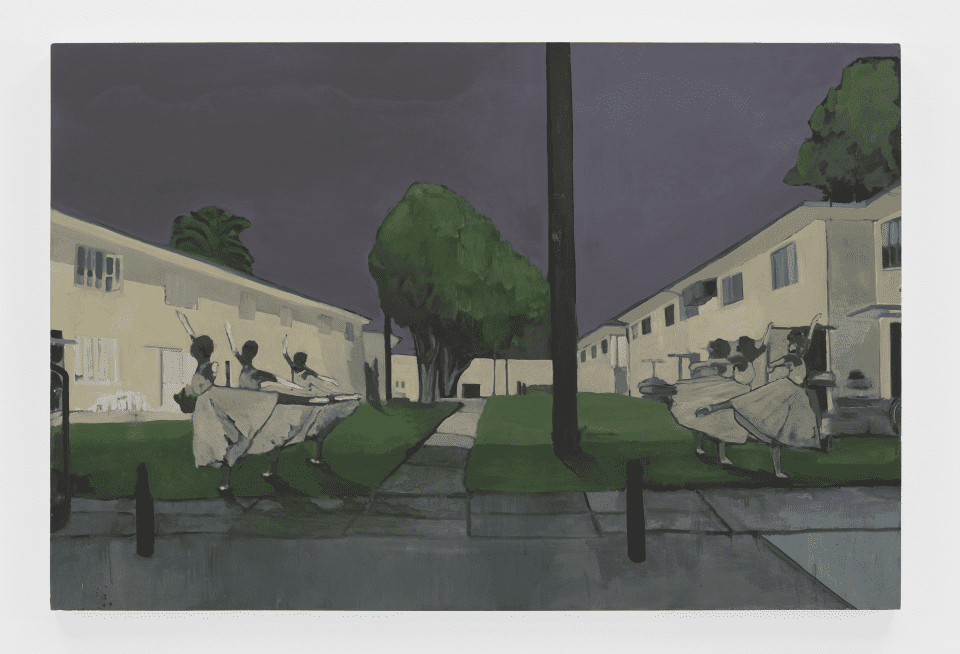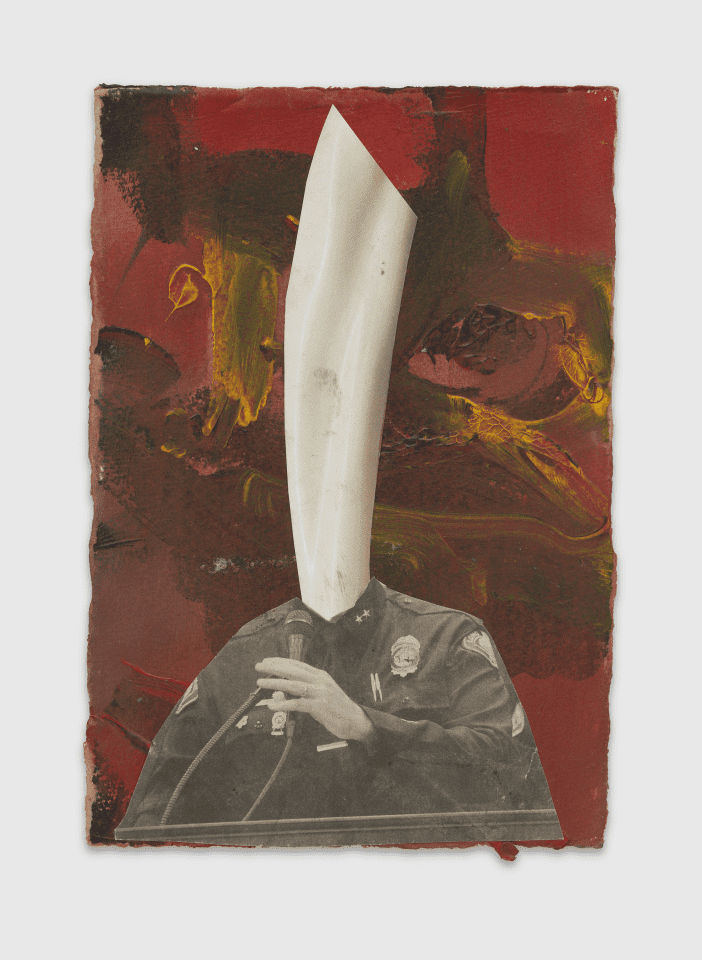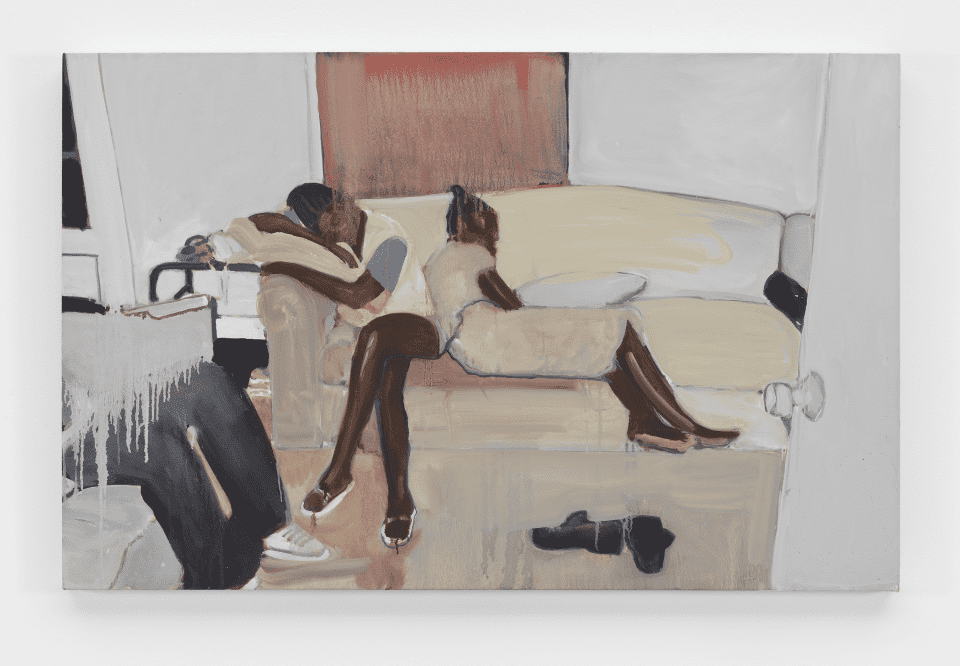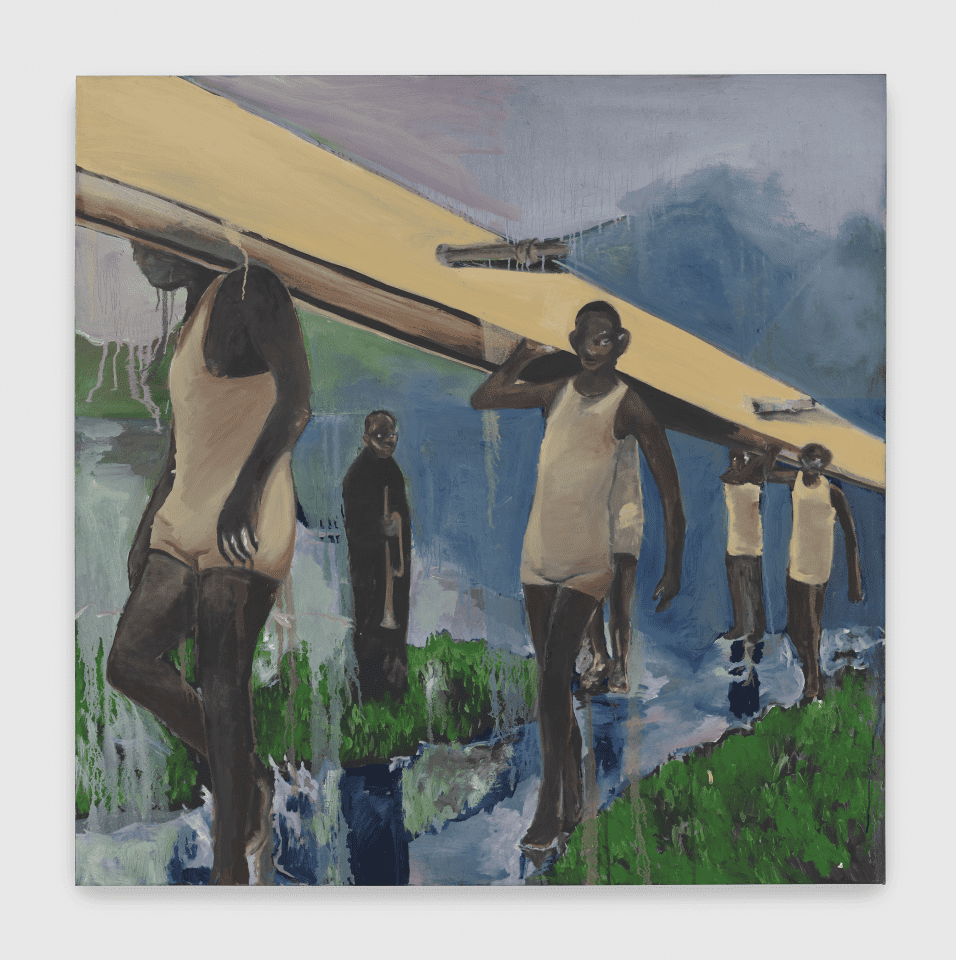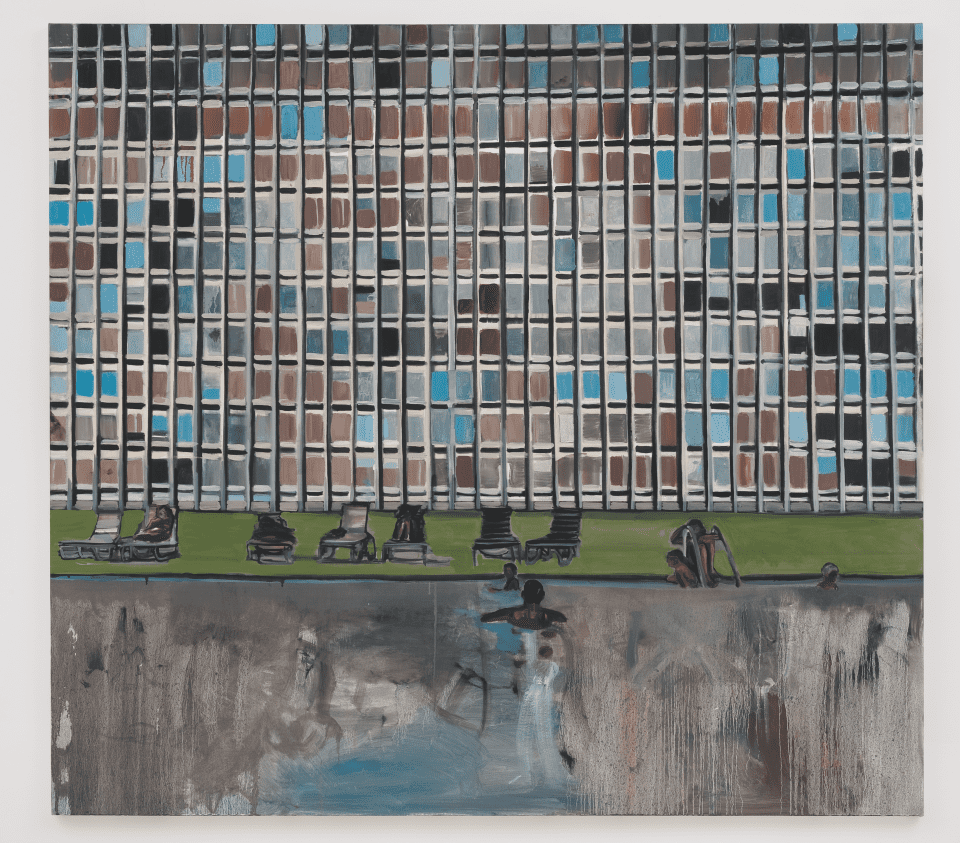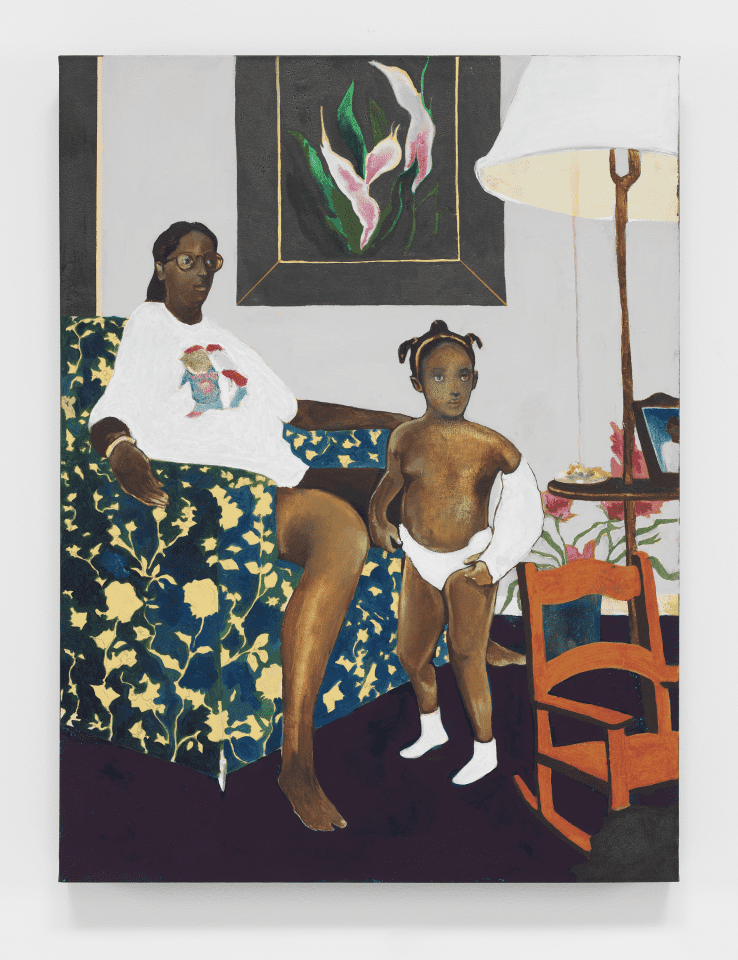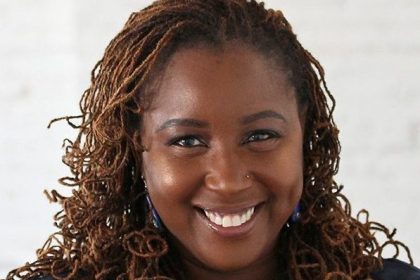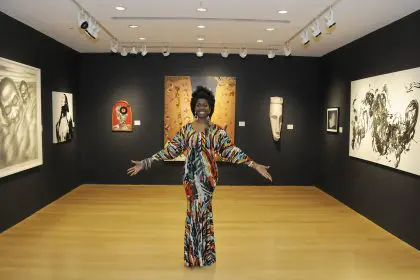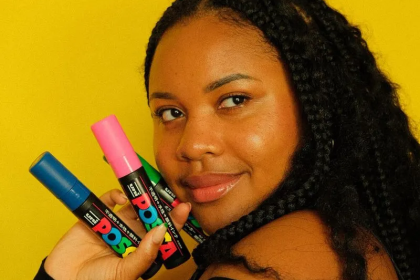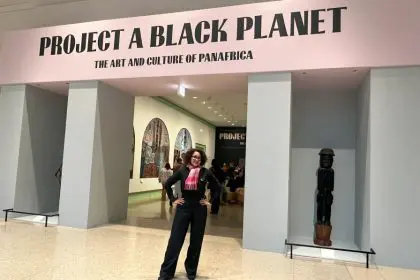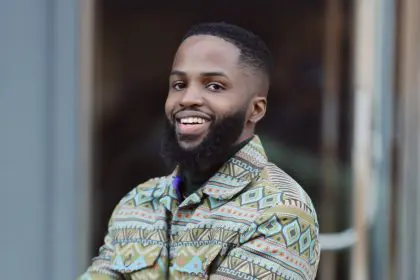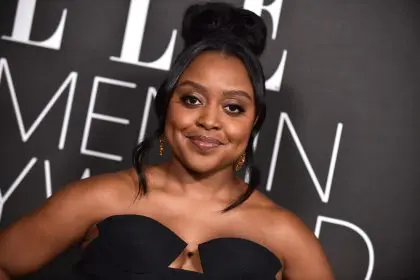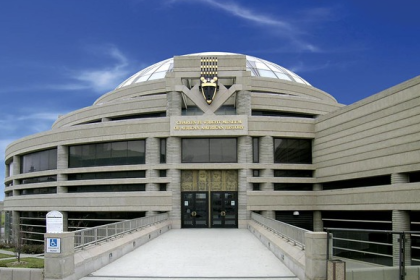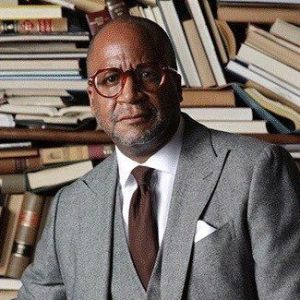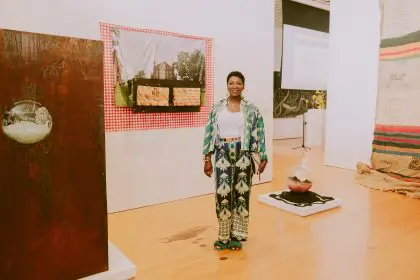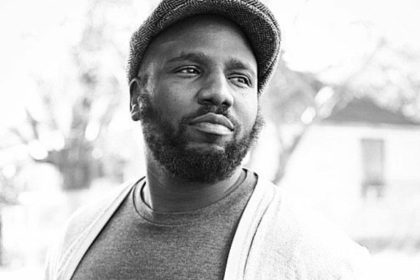
Born in Seattle in 1983, Noah Davis emerged as one of the most visionary artists of his generation before his untimely death in 2015 at just 32 years old. His figurative paintings captured the emotional and fantastical textures of everyday life, particularly focused on representing Black life with beauty, majesty, joy, and humor. Davis drew from an expansive pool of references, anonymous vintage photography from flea markets, personal archives, film, television, music, literature, art history, and his own imagination. Beyond his prolific artistic practice, Davis co-founded the Underground Museum in Arlington Heights with his wife, fellow artist Karon Davis, creating a free cultural center in a historically Black and Latinx neighborhood. The Hammer Museum’s exhibition, running June 8 through August 31, 2025, brings together over 50 works spanning painting, sculpture, and works on paper, offering a comprehensive overview of Davis’s practice and representing a meaningful homecoming to Los Angeles, where he lived, worked, and left an enduring legacy.
Wells Fray-Smith, curator at the Barbican Centre in London, has played a pivotal role in bringing Davis’s work to international audiences. In a revealing conversation, she shares her insights on Davis’s artistic vision, community-building efforts, and the profound emotional resonance of his paintings.
What made you want to be an art curator?
I wanted to be a curator because I wanted to create extraordinary experiences but lacked the skills to be an artist. For a long time as a teenager, I felt close to artists, to musicians, to writers, to people who were making things and expressing what it means to be a breathing, feeling human, and all the textures of what it is to be alive.
There’s the old adage of those who can’t do, teach, and so I found myself learning about other artists’ work, and then wanting to be able to share that widely with audiences and the beauty of being a curator is that we get to enter into the hearts and minds of these makers who are constantly digesting the world around them and transforming it and often transforming it into things that can be beautiful and they can be challenging. But they express the whole range of human emotion, and I see it as my job to share that with others.
What’s it like to see a show you’ve curated come to life with visitors?
It’s deeply moving for an artist Noah Davis, who believed so firmly that art is an uplifting force. He created these paintings that represent a whole range of everyday life, where we see figures who are dancing and swimming and resting and being in their togetherness. The biggest boon with this show is that people have been able to come out and understand that his paintings are this phenomenal instrument for feeling. My experience as I go through the show is looking at Noah’s work, having it speak to me, watching people be moved and witnessing that, and feeling so grateful that he, as an artist, existed, now that people are coming to pay their respects and appreciating his contribution.
What does it mean to bring Noah Davis’s work back to Los Angeles?
Noah was working in LA, from 2007 to 2015 when he died, and he had a long and deep relationships with many of the museums in the city, including the Hammer, but also especially with the Museum of Contemporary Art, MOCA and he would go to all of these institutions, and he would look at exhibitions and look at art. The city of Los Angeles is so evident in the work, it is often the backdrop to his paintings, and it provided this great crucible of creativity for him.
So for the paintings to come back and to be in the city, I think that fed him so much, feels really important, because now it’s a moment where the city also gets to witness him, and gets to witness his contribution. He co-founded his own space, a place called the Underground Museum in Arlington Heights in 2012, that, like the Hammer, doesn’t charge admission. He wanted to have a place that was free, and that was open to everyone, and where people might be able to experience a whole range of culture being it art, music, films, a purple garden dedicated to prints. The Underground museum was a really important place for a lot of young people and creatives to imagine a world in which they could be artists and participate in culture.
What would you tell visitors not to miss in the exhibition?
I’m thinking of one painting in particular, which I want for you to imagine. It’s called “Painting for My Dad”. It was made in 2011, and what it shows is a man standing on a series of rocks, looking out into a dark, black, night sky, where there are stars twinkling, and we see this figure from behind. He’s wearing a red T-shirt, dad jeans, and he’s holding a lantern, and he is alone in his solitude. And why this is a painting, I think, that cannot be missed is because it is an image that shows in some way or connects us to a humanity, and that in staring at this man on his own, looking out into an infinite beyond, we, too, become connected to him and to an infinite beyond. But it also is a work that demonstrates that Davis understood painting to be this phenomenal instrument for feeling, because it’s a work that he made just before his own father, Kevin Davis, died, and so the figure, we think is Kevin, and he’s looking out into this starry night, because that is where he is headed.
Davis paints the rocks so that they are thin, and they are veiled, and they hardly have any substance, and it’s the black sky beyond that is full, and it is rich, and it is opaque. And so it’s a piece where the image gives us emotion, but it’s also the paint itself, and how Noah handled the paint that makes us feel so deeply. And I look at that painting, and I think about my own father, and I think about my love for him. I think about his eventual passing, I think about all the people he came before, and it is heavy work, and it is so beautiful in its confrontation with love, without grief, you can’t have grief without love. So for anyone young, I hope it’s one that can connect them to others and to the people around them, and remember that it’s often all about the love.
What three emotions do you hope visitors feel when experiencing Noah’s work?
I’m gonna say, lightness, delight and I guess it’s a feeling, tenderness.
What do you imagine Noah would say to guests visiting the exhibition?
He would say, welcome. It’s impossible to know what any artist would say, especially when they are no longer with us, but I have learned so much about him through the people who loved him. And this is a story, but when he opened the Underground Museum, he and his wife, Karan Davis, wanted for everyone to feel invited, and that they belonged in the space, and that art was for them. They went around to the houses in Arlington Heights, and they knocked on the door, and they shook everyone’s hand, and they invited them, and they said, welcome. And so I think, hopefully, the experience people will have at the Hammer, and also that they had at the Barbican, is that if Noah is there or not, they walk in, and they feel embraced and they belong.
The Noah Davis exhibition runs at the Hammer Museum from June 8 through August 31, 2025, with free admission.
